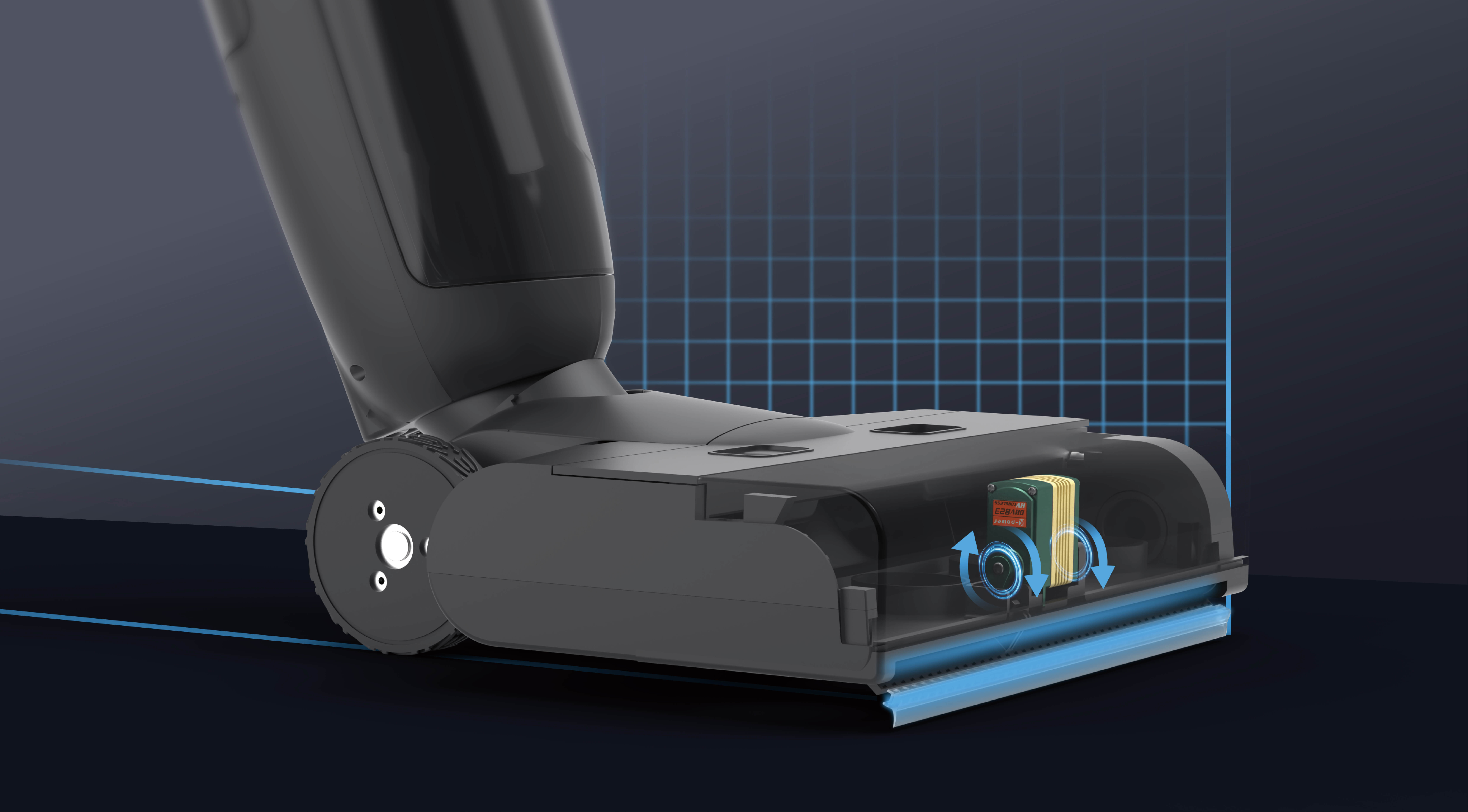part 1:
Enhancing Safety and Performance: The Innovative World of Dual Circuit Remote Brake Servos
In the fast-paced realm of automotive technology, safety and performance are paramount. Among the numerous innovations aimed at making driving safer and more efficient, the dual circuit remote brake servo stands out as a game-changer. This sophisticated system not only enhances braking reliability but also introduces a new level of precision and control, ensuring that drivers are better equipped to handle unexpected situations on the road.

At its core, a brake servo—also known as a brake booster—is a device designed to amplify the force applied to the brake pedal, reducing driver fatigue and increasing braking power. Traditional systems rely on a single circuit, which, while effective, can sometimes present vulnerabilities if that circuit develops a fault. Enter the dual circuit remote brake servo, a technological advancement that divides the braking system into two independent circuits, offering a backup in case one fails.
Imagine driving through a busy city street or on a winding mountain road, where you're constantly adjusting to changing conditions. A single circuit brake system operates seamlessly under normal circumstances, but if it sustains an issue—say, a leak or a failure—the entire braking capability could be compromised. With a dual circuit setup, you have two separate pathways to stop your vehicle, increasing safety, especially in critical situations.
The "remote" aspect of this brake servo refers to its installation and operational design. Unlike traditional boost systems integrated directly into the engine bay, remote brake servo systems often feature remote actuation and control mechanisms, which can be crucial in specialized vehicles such as buses, trucks, or racing cars. These systems allow for greater flexibility in design, maintenance, and integration with modern electronic controls.
One of the key advantages of a dual circuit remote brake servo is enhanced safety through redundancy. In automotive engineering, redundancy is vital because it safeguards against component failure, much like having dual brake lines in modern cars. If one circuit encounters a problem—say, a leak or a blocked line—the second circuit remains operational, providing the driver with a failsafe to bring the vehicle to a stop safely.
But beyond redundancy, dual circuit remote brake servos also contribute to improved braking performance. Because each circuit can be calibrated for different braking zones—such as front and rear brakes—this setup enables more precise modulation. This precision results in smoother, more controlled deceleration, which is especially advantageous in high-performance or heavy-duty vehicles.
Furthermore, these systems are compatible with electronic control units (ECUs), enabling integration into modern driver-assistance systems. Adaptive cruise control, anti-lock braking systems (ABS), and electronic stability control (ESC) all benefit from the reliability and modularity offered by dual circuit remote brake servos. The integration allows for advanced braking strategies, like pre-braking or automatic emergency braking, to be executed with greater confidence.
It is also noteworthy that the installation of dual circuit remote brake servos can be tailored to the specific needs of different vehicle types. For passenger cars, the focus is on reliability and comfort, ensuring smooth braking even in emergency scenarios. For commercial trucks and buses, the emphasis might be on load distribution and durability, considering the heavier weight and operational demands. Race cars, on the other hand, benefit from the system's ability to provide rapid, precise braking adjustments during high-speed maneuvers.
Yet, as with all advanced systems, the complexity of dual circuit remote brake servos calls for skilled maintenance and calibration. Proper inspection, timely replacement of worn components, and correct fluid management are crucial to ensure performance integrity. As automotive systems become more sophisticated, the role of experienced technicians becomes even more vital in maintaining these safe, reliable braking solutions.
In summary, the dual circuit remote brake servo represents a remarkable convergence of safety, performance, and technological innovation. It embodies the automotive industry's ongoing pursuit to enhance vehicle safety through redundancy and intelligent design. Whether you’re a driver seeking peace of mind, a manufacturer aiming for cutting-edge safety features, or an enthusiast interested in the latest automotive trends, understanding these systems underscores just how far brake technology has advanced.
Stay tuned for part two, where we delve deeper into the technical workings, installation considerations, and future innovations surrounding dual circuit remote brake servos.
Established in 2005, Kpower has been dedicated to a professional compact motion unit manufacturer, headquartered in Dongguan, Guangdong Province, China.




































